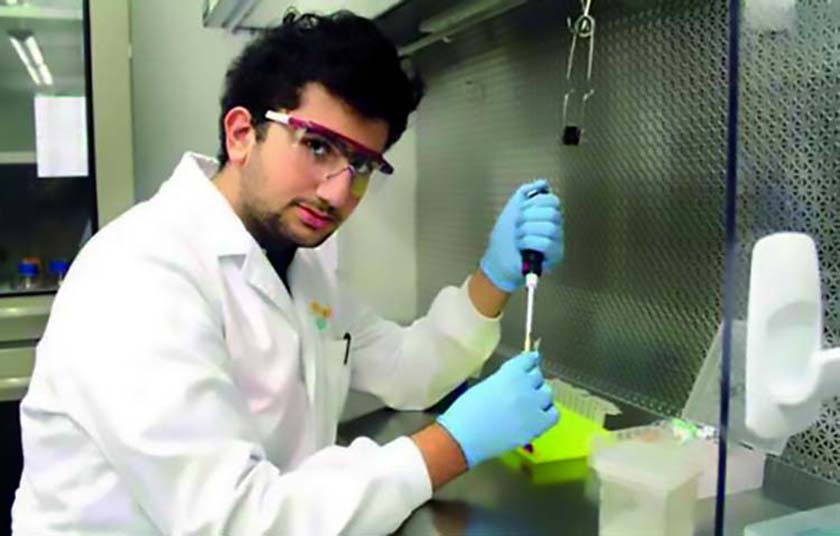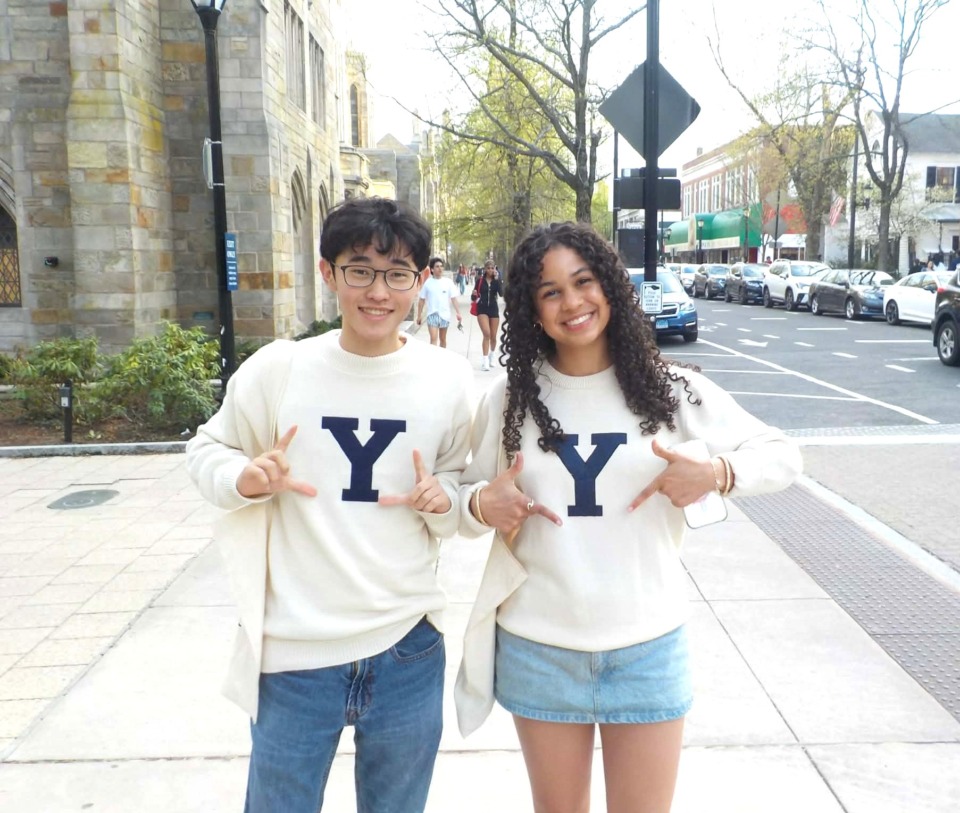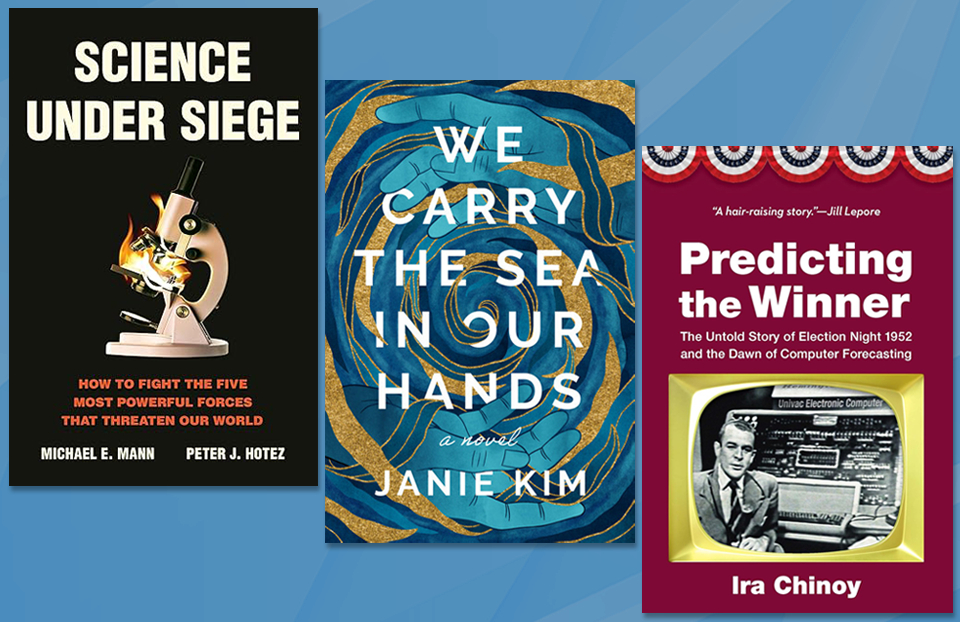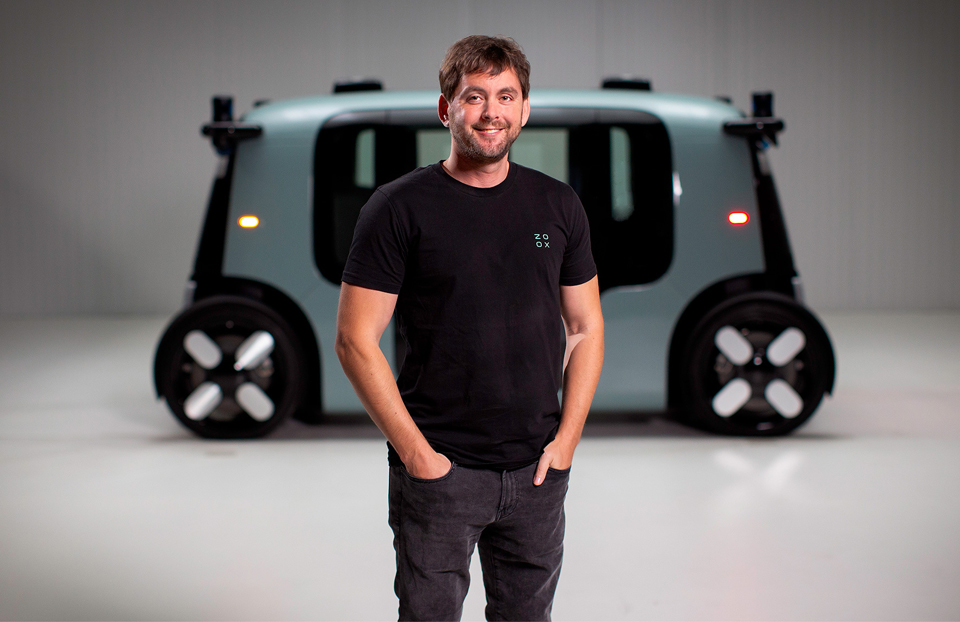Intel ISEF is a cultural exchange of science

Understanding science and how it works is so important, says Abduljabbar Alhamood, who became interested in science at 8 years old. He’s currently trying to solve world food shortages with the CRISPR/Cas9 system.
Abduljabbar, from Dhahran, Saudi Arabia, participated in Intel ISEF 2015. He returned to be a translator for finalists at Intel ISEF 2016.
At Intel ISEF 2015, Abduljabbar received the Dudley R. Herschbach SIYSS Award, a seminar that allows students to visit scientific institutes, attend Nobel lectures, and experience the extravagance of the Nobel festivities. Read Abduljabbar’s thoughts below to learn more about the Intel ISEF community and the cultural exchange of science.
THE INTEL ISEF COMMUNITY: It’s amazing how a community of young scientists from all around the world meet together in one spot at Intel ISEF. Participating in Intel ISEF influenced ME to get involved with biomedical engineering research. The thrill behind working on research to help solve one of the world’s dilemmas is simply electrifying.
Young scientists work really hard on their project, and they all should have the opportunity to express it to the world through Intel ISEF.
THE IMPORTANCE OF CULTURAL EXCHANGE OF SCIENCE: At Intel ISEF, I met people from all over the world and learned about their projects. The cultural exchange between ISEF finalists enhanced how I perceive things and understand them from a different point of view.
I was also invited to the Nobel Prize Ceremony in Stockholm. The event was a prestigious ceremony where the brightest minds gathered in one room.
MOTIVATED BY A REAL-WORLD ISSUE: The world today faces an increasing shortage of food production due to the exponential growth in the human population. The United Nations warned the world that food production must double by 2050 to meet the demands from the world’s growing population.
That’s when I felt the urge to unravel this critical concern. My Intel ISEF project explored food shortage using a genome editing technique with the CRISPR/Cas9 system. I’m currently researching the use of the CRISPR/Cas9 genetic modification system on human genetic diseases. I’m starting to test a novel methodology on human kidney cells.

A SCIENTIST AT 8: My parents would take me to GameStop if I agreed to go to a museum during summer vacations. The first museum I ever went to was the Museum of Science and Industry in Chicago.
Understanding science will lead knowledge-seekers to contribute to the technology needed to get rid of our major dilemmas.
I realized then that science can be more interesting than videogames. Understanding science and how it works can and will lead knowledge-seekers to contribute to the technology we know today, perhaps the technology needed to get rid of our major dilemmas.
RETURNING TO INTEL ISEF AS A TRANSLATOR: When my fellow finalist from the Saudi team needed help with translating, but there wasn’t a translator available, that’s when I decided to be a translator if the opportunity arose.
Young scientists work really hard on their project, and they all should have the opportunity to express it to the world through Intel ISEF.
HIS ADVICE TO STUDENTS INTERESTED IN SCIENCE: Know your priorities, aim for a target, and pursue it no matter what the cost is!


